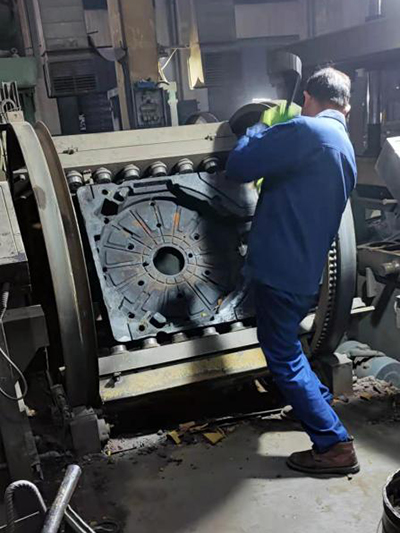What is Sand Casting Used to Make?
Sand casting, one of the oldest and most versatile manufacturing processes, is widely used in various industries to create intricate metal parts and components. This technique involves creating a mold from a mixture of sand and a binding agent, into which molten metal is poured. Once the metal solidifies, the mold is broken away to reveal the finished product. Sand casting is known for its cost-effectiveness and ability to produce large and complex shapes, making it a favored choice in many applications.
Applications in the Automotive Industry
One of the primary industries that benefit from sand casting is the automotive sector. Components such as engine blocks, cylinder heads, and transmission cases are commonly made using this method. The ability to create large, intricate parts with high durability is essential in the automotive field, where the performance and longevity of components are critical. Sand casting allows for significant design flexibility, enabling engineers to innovate and optimize their designs without the constraints that other manufacturing processes may impose.
Aerospace Components
The aerospace industry also relies heavily on sand casting to produce high-performance components. Parts like turbine housings, structural brackets, and landing gear components must withstand extreme temperatures and stresses. Therefore, the metals used in aerospace applications are often specially formulated alloys, which can be effectively cast using sand molds. The precision and quality achieved through sand casting processes meet the strict regulatory standards necessary for safety in aviation.
Industrial Machinery
what is sand casting used to make

Another significant area where sand casting is utilized is the production of industrial machinery. Heavy machinery parts, including gears, frames, and housings, often require large and robust components that can bear significant loads and operational stresses. Sand casting offers the ability to produce these large-scale parts with consistent quality and reduced manufacturing costs, thereby enhancing the overall efficiency of production lines in various industries.
Artistic Applications and Sculpture
Beyond industrial applications, sand casting is also used in artistic contexts. Sculptors often utilize this technique to create detailed bronze or aluminum sculptures. The process allows artists to replicate intricate details and textures, bringing their creative visions to life. Custom statues, historical figures, and decorative objects are frequently made through sand casting, demonstrating the method's versatility beyond mere functional parts.
Electronics and Appliances
In the electronics and appliances sector, sand casting plays a crucial role in creating metal housings for various devices. Components like casings for power tools, kitchen appliances, and electronic devices benefit from the durability and heat resistance afforded by sand-cast metals. The process allows manufacturers to produce components that not only fit the aesthetic requirements of modern designs but also provide the necessary structural integrity.
Conclusion
In conclusion, sand casting is a highly versatile manufacturing technique that serves a broad range of industries, from automotive and aerospace to art and consumer electronics. Its ability to produce complex shapes, coupled with cost-effectiveness, makes it an indispensable method in modern manufacturing. As technology evolves, sand casting continues to adapt, enhancing the quality and efficiency of production, ensuring that it remains a valuable technique for current and future applications. The rich history and ongoing relevance of sand casting underscore its significance in the manufacturing landscape.
Post time:ഒക്ട് . 18, 2024 06:33
Next:Innovative Beads for Advanced Ceramics and High-Temperature Applications
